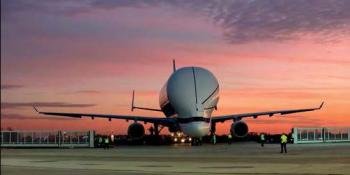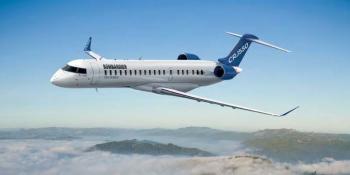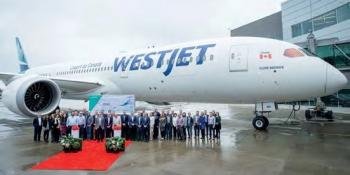
Boeing has test-flown an autonomous Passenger Air Vehicle (PAV) prototype designed and developed by its Aurora Flight Sciences subsidiary. The PAV completed a controlled take-off, hover and landing in Manassas, Virginia, which tested the vehicle’s autonomous functions and ground control systems.
Boeing said the PAV, which has moved from a concept design to a flying prototype within a year, will now undertake forward and wing-borne flight as well as the transition between vertical and forward-flight. The aircraft is 30ft (9.1m) long and 28ft (8.5m) wide, is powered by an electric propulsion system and has a range of up to 50 miles (80km).
The PAV’s initial flight is another milestone for Boeing NeXt, the division of the company specialising in urban air mobility, the emerging trend for on-demand and automated passenger or cargo-carrying air transportation services typically flown without a pilot. Boeing NeXt’s portfolio also includes an unmanned fully electric cargo air vehicle designed to transport 500lb (226kg) loads, which will transition to outdoor flight testing in 2019.







